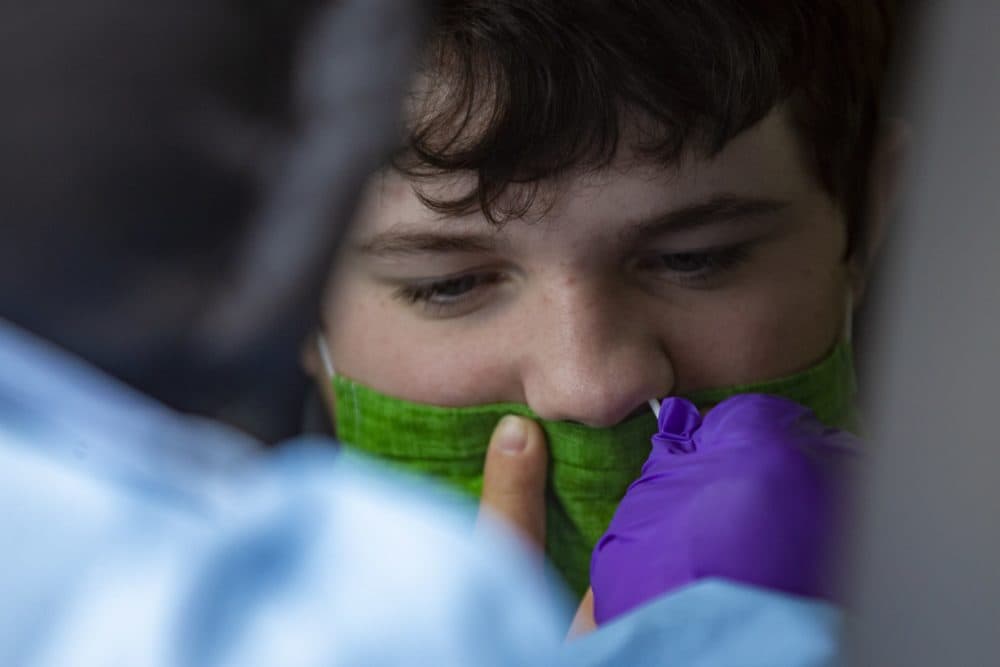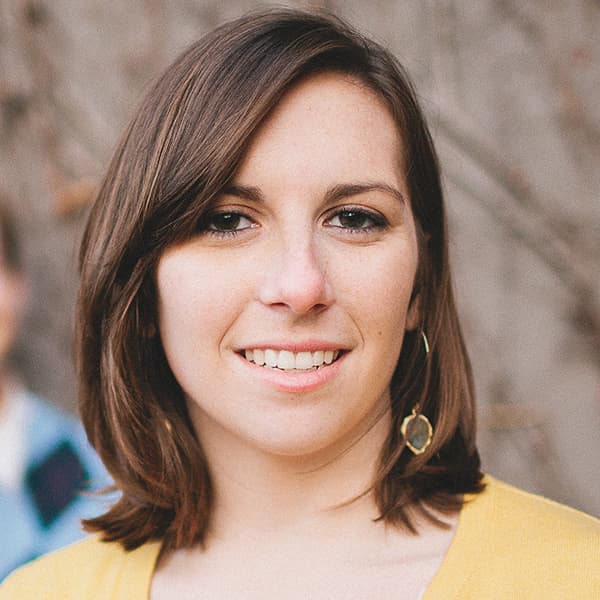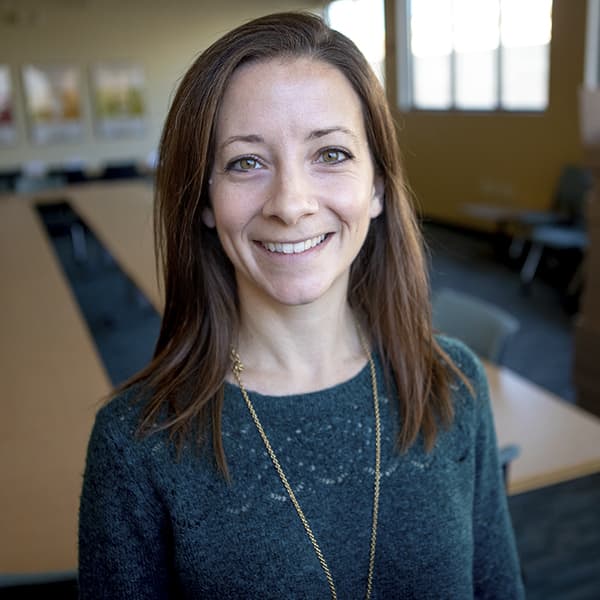Advertisement
Coronavirus Coverage
State To Roll Out Pooled Coronavirus Testing For K-12 Schools

The Baker administration is planning to make more coronavirus testing available to K-12 schools across the state, as a way to identify more cases in students and staff, regardless of symptoms.
"We've shown we can control the spread of the virus in classrooms when the right steps are in place," Gov. Charlie Baker said. "This new pooled testing resource that we're going to be providing going forward will give districts the ability to bring more students back into the classroom."
In pooled testing, a group of samples from people are tested together in one batch. If that batch tests positive, each individual sample is retested. It is a strategy used in many colleges and several privately-funded pilot programs in some districts and child cares.
"It's about time," Massachusetts Teachers Association President Merrie Najimy said. "Our biggest frustration is that it's taken until mid-January when we started calling for this in July. ... This is long overdue and at least it's happening now."
The state has been sending rapid result antigen tests in 134 school districts to administer to students or staff. Those are only used for people who have symptoms at school. Weekly pooled testing is an efficient way to catch coronavirus cases, even in people without symptoms. The state will spend an estimated $15-30 million to cover the district's costs of the voluntary program for the first six weeks. After that, districts can buy the tests through a statewide contract.
The $814.9 million in federal relief funding the state is expected to receive for education could help districts cover some of the costs. "But the state can't just leave it up to us after state and federal money runs out," said Najimy.
Public school district leaders are also happy to have more state guidance on how to launch and operate a surveillance testing program, according to Tom Scott, the president of the Massachusetts Association of School Superintendents.
"Superintendents have been spending an awful lot of time talking about this issue wanting to find a way to do this,” Scott said. "The state has taken upon itself a lot of the planning that school districts would have to do individually and that's a big plus."
Child care and after school programs are not included in either testing program, although many in the field have been calling for priority access to testing and timely test results. Many afterschool programs which have been operating remote learning centers for students to log into their virtual classrooms during the day.
Advertisement
“The Baker administration could be doing a lot more for the field of early education and care,” Lauren Kennedy, co-founder Neighborhood Villages, said. Her organization has been running a pilot program testing 530 child care staff in the greater Boston area, funded through donations.
“This is not philanthropy’s burden to carry. This is the moral imperative of the state,” she said. “And we hope to see the Baker administration apply the same investment in health safety measures to early education and care and after school as they have demonstrated that they will be doing for K-12.”
A state spokeswoman told WBUR that testing for child care programs is “still in discussions.”
Many teachers unions have been calling for this type of preventative testing as part of reopening schools, particularly because as many as 40-45% of cases are estimated to be asymptomatic. The Baker administration has been increasing pressure on districts to bring more students back into the classrooms.
Between Dec. 24 and Jan,. 6, public schools in Massachusetts reported 431 new cases of COVID-19 among students and staff, according to the Department of Elementary and Secondary Education. During a press conference announcing the pooled testing program, Gov. Baker said there was a "very limited impact" in parochial schools, which reopened to in-person learning in August. The state's publicly released school tracking reports do not include data from private schools.
While children are more likely to have mild or no symptoms if they contract the coronavirus, research varies about the role of children in spreading the virus. Several studies have shown that young children may be less likely than older children to transmit the virus to others. But more research is needed.
Some health economists argue there could be even bigger impacts of having large scale testing programs that enable districts to reopen and relieve some of the anxiety around in-person learning among teachers and parents.
“Pooled testing is now something in the neighborhood of $5-10 dollars per student, per test,” Jonathan Kolstad, an economist at the University of California Berkeley, said. "That's a small price to pay for an education system. Not to mention, obviously, the tremendous benefits of getting kids back to school. It's not just reopening schools, it's reopening the economy.”
Kolstad believes pooled testing at public schools could also prove to be a better bellwether for COVID-19 infection levels in a community, because most kids go to school.
This article was originally published on January 08, 2021.

